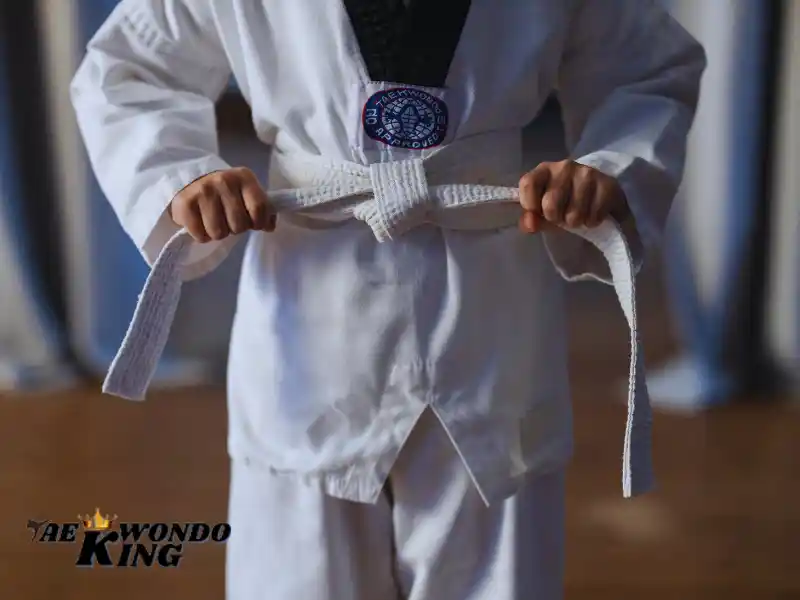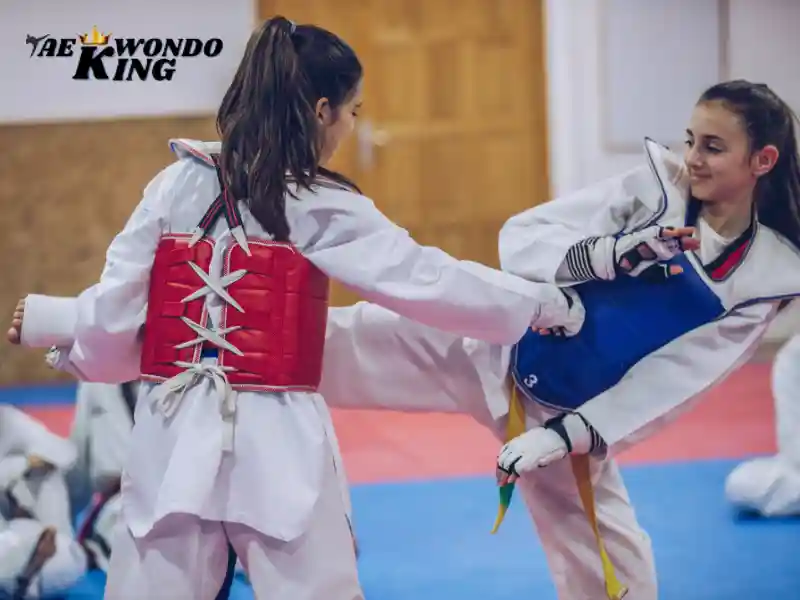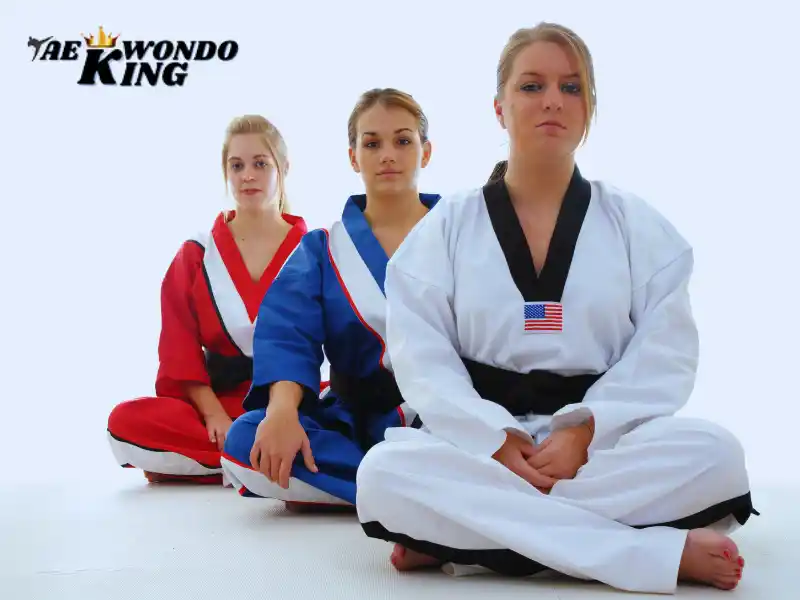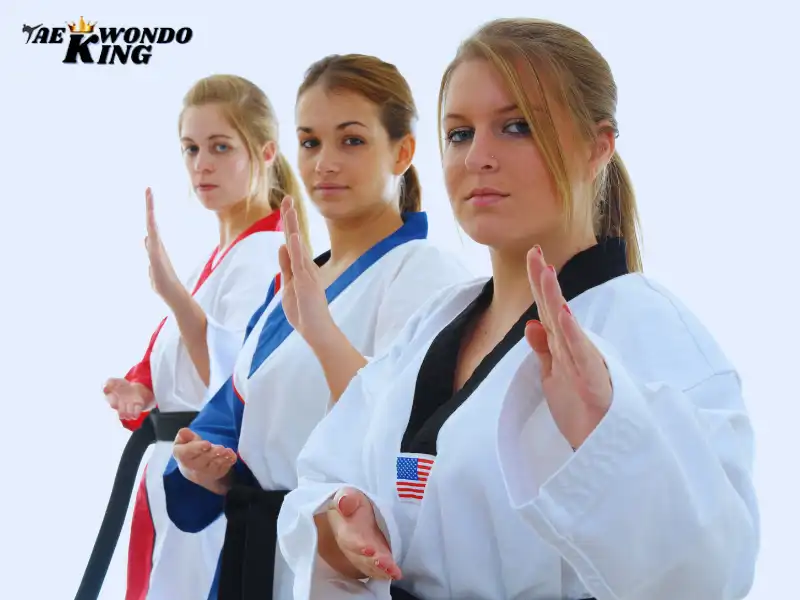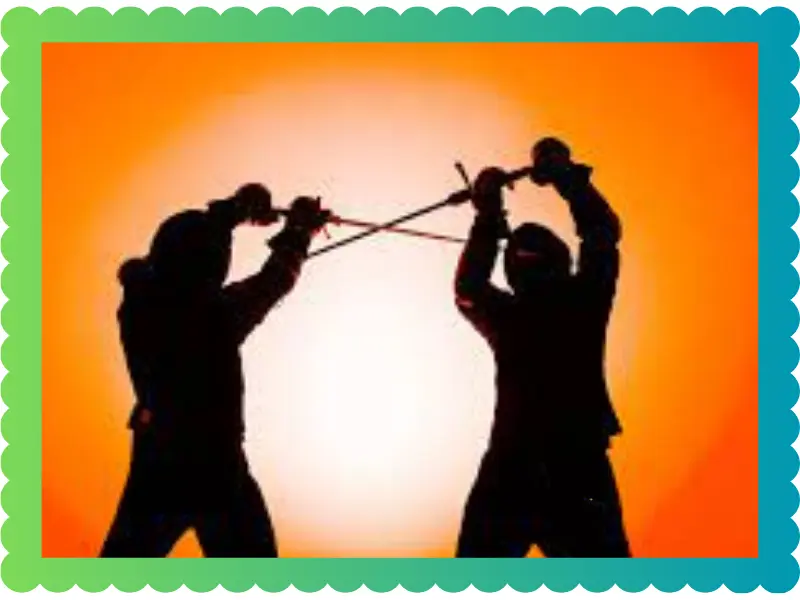
Historical European martial arts, or HEMA, bring old fighting ways back to life. These arts come from Europe. People study them today from books and drawings made long ago. HEMA covers sword fights, hand-to-hand combat, and more. It helps us learn about the past.
As a historical martial artist, I’ve seen many things. I love the old ways of fighting. I was at a HEMA event in Hamburg. People were so passionate about it. Historical European martial arts is a growing field. It is a true blend of history and sport. I want to share my thoughts. This art is for everyone.
See the latest Top-Rated Adjustable Dumbbells Set Price Today Used by Champion.

A Quick Look at HEMA History
HEMA started in ancient times. Think of Greek wrestling or Roman soldiers. But most info comes from the Middle Ages, around 1300 to 1800. Key books called Fechtbücher teach these skills. One early book is from 1300. It shows sword and shield fights.
In the 1300s, masters like Johannes Liechtenauer shared secrets in Germany. His ideas spread widely. In Italy, Fiore dei Liberi wrote a book in 1409. It covers daggers, spears, and wrestling. The Renaissance brought printed books. People like Joachim Meyer taught fencing with long swords and rapiers.
By the 1700s, styles changed to small swords and foils. This led to modern sports like Olympic fencing. In the late 1800s, folks like Alfred Hutton revived old ways. Now, HEMA grows fast thanks to the web and groups.
Key Types of HEMA Fighting
HEMA has many styles. Some use no armor. Others use a full plate. Common weapons include the longsword, rapier, dagger, and polearms.
- Longsword: Held with two hands. It’s key in German and Italian schools.
- Grappling: Hand-to-hand fights, like Kampfringen in Germany or abrazare in Italy.
- Dagger and Messer: Short blades for close fights.
- Armored Combat: Called Harnischfechten. Fighters wear metal suits.
- Rapier Fencing: From the Renaissance. Fast and pointy.
Schools vary by place. German styles focus on strong cuts. Italian ones use thrusts and guards. Spanish Destreza adds math and circles. Scottish and English arts include backswords and baskets.
See the latest Top-Rated Adjustable Dumbbells Set Price Today Used by Champion.

How People Practice HEMA Today
Today, HEMA is a hobby and sport. Clubs meet worldwide. Over 300 clubs exist, from Europe to Asia. Groups help connect people.
Training uses safe gear. Masks, jackets, and gloves protect from hits. Swords are blunt, not sharp. Classes start with the basics. Then, sparring tests skills.
Events include tournaments like Swordfish in Sweden. Workshops teach from old books. Online sites share videos and tips. Kids can learn too, with fun games.
HEMA differs from movie fights or LARP. It’s based on real old texts. Not just for show.
Good Things and Ways to Get Better
HEMA has strong points. It builds fitness and sharp minds. Learning history feels fun. The community is kind and growing. Old books give real facts. Groups focus on true skills.
But challenges exist. Old texts can be hard to read correctly. Safety is key, so use good gear. Not every place has a club. The cost of tools adds up. More research can fill gaps in lost styles.
To improve, standardize the rules for events. Make it easy for new folks. Share more free guides online.
See the latest Top-Rated Adjustable Dumbbells Set Price Today Used by Champion.
Where to Find More on HEMA
Start with free old books online. Sites have how-to articles. Join a club via Finders. Watch YouTube for demos. Books by masters like Salvator Fabris help deep dives.
HEMA links past and now. It’s open to all who want to try.
FAQs
There are many rare martial arts, often rooted in specific cultures or regions. Examples include Dambe from Nigeria, Okichitaw from the Plains Cree people, and Bartitsu, a late 19th-century British hybrid style.
The oldest styles of karate are Shōrei-ryū and Shōrin-ryū. They were both developed in Okinawa, Japan, in the late 19th century.
Yes, Europeans had martial arts. They are now known as Historical European martial arts (HEMA). These fighting systems used swords, spears, and other weapons.
No, taekwondo is older than karate. Taekwondo’s origins can be traced back to Korean fighting styles from 37 BC. Modern taekwondo was created in the 20th century.
The European style of fighting is not one thing. It includes many styles. Examples are boxing, wrestling, and fencing. These were based on the use of different weapons and self-defense methods.
The oldest martial art is a topic of debate. However, many experts believe that Kalaripayattu, from India, is the oldest. It dates back over 3,000 years.
In the 1800s, martial arts like savate and canne de combat were practiced in France. Judo was founded in Japan. Bartitsu was created in England in 1899.
The original forms of martial arts came from ancient fighting systems. They were used for self-defense and military training. They included armed and unarmed combat.
Old traditional martial arts include many styles. Examples are wrestling, boxing, and pankration. Chinese and Japanese arts like kung fu and jujutsu are also considered old.
Historical European martial arts (HEMA) are a collection of fighting styles. The earliest manuals date back to the late medieval period, around the 1300s. They continued to evolve into the 1800s.
See the latest Top-Rated Adjustable Dumbbells Set Price Today Used by Champion.


Founder, Owner, and CEO of TaekwondoKing.
He is one of the top 100 martial artists in the World and among the top 20 referees in Bangladesh.
Ehatasamul Alom is an esteemed Kukkiwon Certified Taekwondo 3rd Dan Black Belt with over 15 years of experience in this dynamic martial art. Born in Rajshahi, Bangladesh, Ehatasamul’s journey with Taekwondo began at the tender age of seven. His passion led him to compete at national and international levels, where he has bagged numerous awards and honors. He is also a member of the Taekwondo National Referee Panel.
With a Bachelor’s degree in Sports Science from the prestigious Rajshahi University, Ehatasamul has a deep understanding of the technical and scientific aspects of martial arts and some other martial arts.
In 2022, Ehatasamul created the “TaekwondoKing.com” to share his knowledge, Free Resources, Values, and Real experiences. His articles focus on Taekwondo training techniques, competition strategies, Sport Products Reviews, and the art’s rich history and philosophy. He also writes about the importance of mental fortitude and discipline, key aspects of his teaching philosophy. He has already launched many sports, Taekwondo, and health-related Free online tools. His goal is to inspire both beginners and seasoned practitioners worldwide through insightful and engaging content.
If you need any help, contact Ehatasamul Alom at any time.

